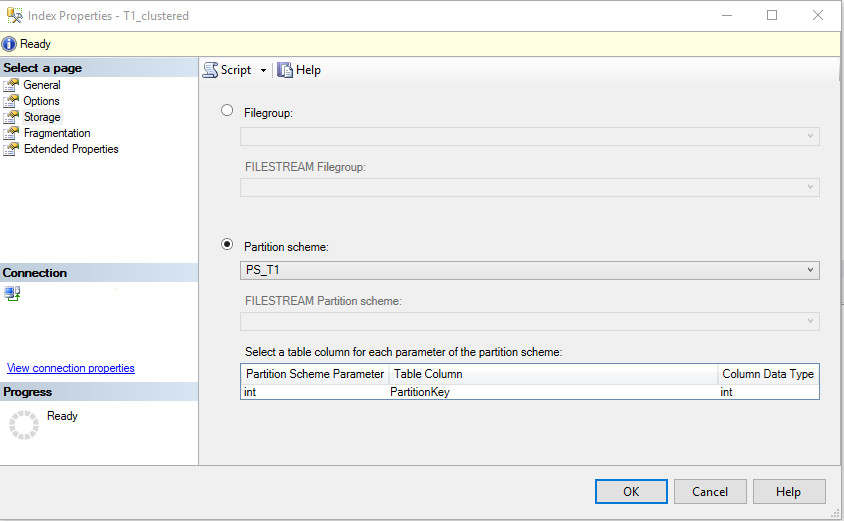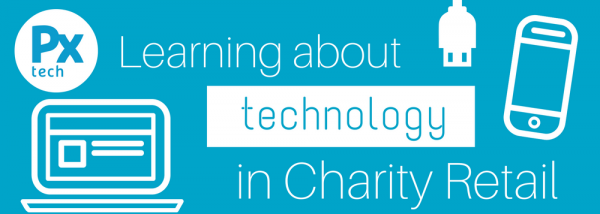Our team has decided to break away from the norm of having a Dev branch in our GitFlow branching model. Why you may ask. Well we found that the Dev branch just didn’t quite work for the way the team worked.
A branching model without Dev allows the team two vital things; we won’t be releasing features that we don’t want or aren’t ready, and as a team we understand what a release will contain, what features will be going out together. Consider the fact that in a branching model with a Dev branch, all development work is carried out on Dev or rather feature branches from Dev and merged back in. When these features are ready for release you can create a release branch from Dev with them and then start the process of releasing to production.
However with a team like ours that is much more release focused, we need to know that no features have made it into the Dev branch that we don’t wish to release and the team will have the knowledge to know what features will be going out in which release. Working with release branches and cutting out Dev working as some kind of middle ground means that our team can branch from either the last release or master, and merge in when required.
Removing the Dev branch has led to simplicity from a developer point of view, a developer will know their source of truth much better. A developer knows that in order to develop for the next feature all they need to do is branch from the latest release branch or the master branch. Whereas before the Dev branch can be quite far ahead, and it wouldn’t be a good idea to branch from there if the release needs to go out sooner than the features in Dev. And as mentioned before, developers have much more clear knowledge of what is going out with what, since nothing can be accidently brought in from Dev and future development.
Of course this model works for our team because of the way our team works, this isn’t a model that will be preferable all of the time. If we were to get to the position of releasing features when they are complete and have a continuous deployment process in place, suddenly there becomes a purpose for having a Dev branch and it would be desirable to have one.
Here’s an example of how we used GitFlow for our branching model before removing the Dev branch.

An example of how our branching model works without a Dev branch.



















